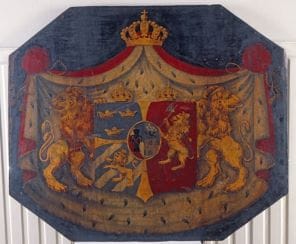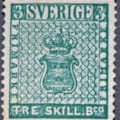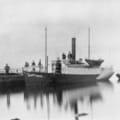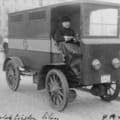Cross border
Sweden established a permanent post office in Hamburg in 1620. Dutchman Leonard van Sorgen was assigned the task of arranging postal service from Sweden to Hamburg.
He pointed out at an early stage that the Swedish king should obtain permission from the Danish king to transport post through Denmark. However, Gustav II Adolf of Sweden was of the opinion that the agreement made in 1580 (allowing the kings’ messengers and subjects freedom of movement in each other’s countries) was sufficient and that no new agreement was required. Christian IV of Denmark was displeased that the issue was not taken up at the highest level, and Swedish mail carriers encountered problems transporting mail through Denmark. This induced Anders Svensson, who had taken over postal service responsibility, to send his servant “in such a way that not many travel”, by which means he managed to deliver a letter to Markaryd, then located on the Danish border.
Conflicts during the entire 17th century
Essentially, the Swedish postal service was in conflict with Danish authorities during the entire 17th century and well into the 18th century. War made way for peace and an agreement on free passage, which was later revoked as new wars broke out. Sweden tried other routes such as sending mail north, around Bottenviken and then down through Finland – extremely time-consuming. Mail was also sent by boat to Germany and Holland for forwarding.
In the late 17th century, Sweden stopped the Danish post from travelling to Norway through the Swedish region of Halland. The Danes sent and received mail by boat between Fladstrand and Norway, though ice was often an obstacle during the winter months.
Postal peace 1735
It wasn’t until 1735 that postal peace was attained through an agreement granting Sweden and Denmark reciprocal rights to transport their post through each other’s countries. Denmark and Norway were separated in 1814, after which there was no need for Danish postmen to travel through Sweden. In an agreement signed the same year, the Danish postal service received payment to assume the duty of transporting Swedish post through Denmark – a solution that, broadly speaking, is used to regulate mail delivery in all European countries today.







